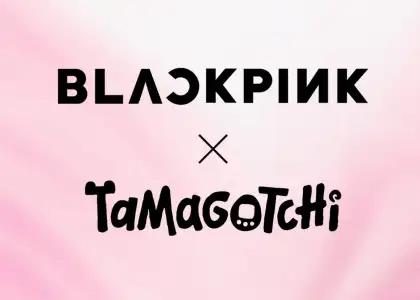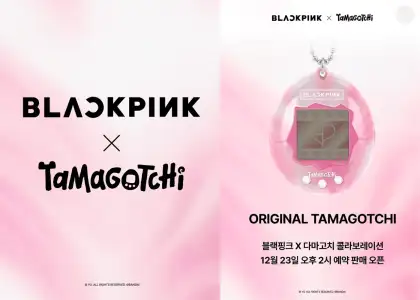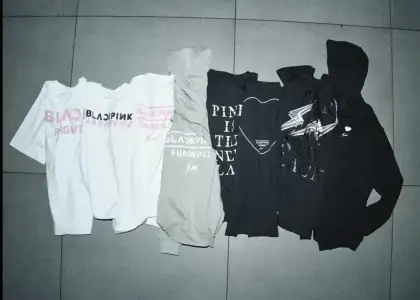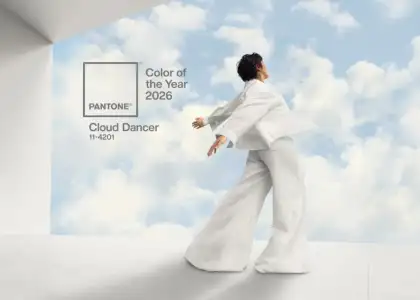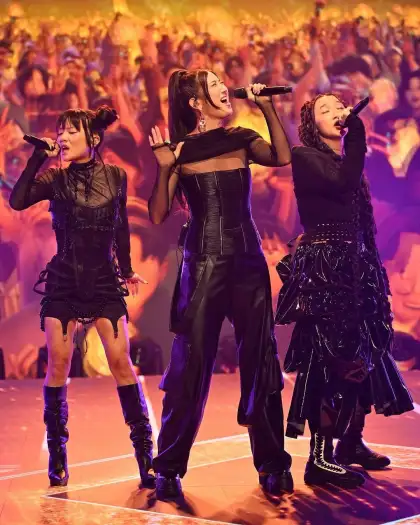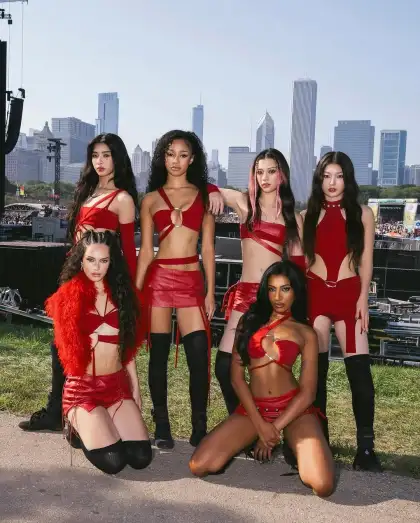Virtual Idols in K-Pop: Can They Take Over the Genre?

K-pop has seen numerous transformations over the years. From the rise of first-generation idols like BoA and Seo Taiji and Boys who have made history, to emerging fifth-generation groups like NewJeans and aespa who are on their way to being K-pop icons, the industry has explored many musical genres, fashion styles, and concepts.
But one thing that is currently making big waves in the industry is the emergence of virtual idols—as in K-pop personalities that appear in the form of animated characters or virtual avatars. And just like the real-life idols that we adore and love, they can sing, dance, and even interact with fans.
With numerous virtual K-pop groups popping up here and there, the question stands: could they soon take over the genre?
Origins
While all these have been made possible by today’s technology, artificial intelligence (AI), and the like, the concept of virtual idols goes way back. According to an article on Pitchfork, creating virtual singers was started in Japan around the 1990s.
One of the first known virtual idols was Kyoko Date, who made her debut in 1996 with the song “Love Communication.” She even stepped into the Korean music industry with tracks such as “Albatross,” “Between You & Me,” and “Pyeonji.”
Despite being a virtual character, Kyoko Date was actually voiced by human actresses, while her dancing was done via motion capture technology. This technology, with a history that dates back to the 1800s, records the movements of a real person. These movements are translated into data, which can be read by animation software.
Kyoko didn’t find any big success, but her making paved the way for virtual idols and VTubers (virtual YouTubers) to come up on the entertainment scene, including Hatsune Miku and Kizuna AI.
Fast forward to 2018, and a virtual girl group called K/DA debuted, with members drawn from the characters of the video game League of Legends. Although they’re not particularly exclusive to K-pop, some of its members were voiced by idols from popular K-pop groups, such as Soyeon and Miyeon of (G)I-DLE and Nayeon, Sana, Jihyo, and Chaeyoung of TWICE.
Some groups have integrated these virtual avatars into their concepts and lores, including the popular quartet aespa and their virtual counterparts, ae-aespa and AI character Naevis, as well as the human-AI boy group Superkind, a K-Pop septet with two AI and five human members.
Several virtual idols soon debuted, especially after the onset of the global pandemic, some of them making achievements on par with real-life idols.
Impact
One of the few virtual K-pop groups that are making big strides in the industry is PLAVE, a five-member boy group whose visuals were inspired by manhwa or webtoon characters. Like Kyoko Date, the group also has real people behind them and is made with motion capture technology. They are also engaged in various idol activities, like going to music shows, performing in concerts, shooting YouTube content, and even doing TikTok challenges.
Like many well-known K-pop groups, PLAVE has also earned millions of views on YouTube, a solid fanbase, and even multiple awards under their belt. This includes the New Wave Star Award at one of South Korea’s most prestigious award-giving bodies, the Seoul Music Awards. The group also went head-to-head with groups like RIIZE, ZEROBASEONE, and more for the Rookie of the Year award at the Golden Disc Awards in 2023.
Another notable example is the hyper-realistic girl group MAVE:, produced by one of the biggest companies in South Korea, Kakao Entertainment, and game developer Netmarble Corporation. Unlike PLAVE, the group is purely made via technology, including AI, machine learning, deepfake, and 3D production. The group can also speak multiple languages generated through an AI voice generator, with voices derived from real people.
MAVE:’s debut single, “Pandora,” was released in 2023 and has since racked up over 29 million views on YouTube and 55 million streams on Spotify — a feat that’s not easy to achieve even for many K-Pop groups.
PLAVE and MAVE: are only a few of the many virtual K-pop groups that are making their names in the K-pop industry. There are still groups like IITERNITI, Isegye Idol, For the More, and more who are yet to achieve great heights.
To The Future
These advanced technologies made it possible for groups like PLAVE and MAVE: to flourish in the field because of their capabilities to push out content that is almost as similar to that of real K-pop idols. It also presents numerous opportunities for people who have the talent for the craft but may not fit the so-called “ideal standards” for K-Pop stars.

While virtual K-pop idol groups offer groundbreaking possibilities for creativity and global impact, they also present significant challenges in maintaining the genuine human connection that K-pop fans love. Still, the industry's ability to integrate these virtual elements harmoniously with traditional idol culture will determine their long-term impact on the world of K-pop.
Virtual idols are likely to become an integral part of the K-pop ecosystem. But because of debates surrounding the use of AI, especially in an industry fueled by creativity, and K-pop fans’ preference for human idols and their capabilities, virtual idols taking over the K-pop scene may still be a far-fetched dream.
Get the latest curated content with The Beat Asia's newsletters. Sign up now for a weekly dose of the best stories, events, and deals delivered straight to your inbox. Don't miss out! Click here to subscribe.


